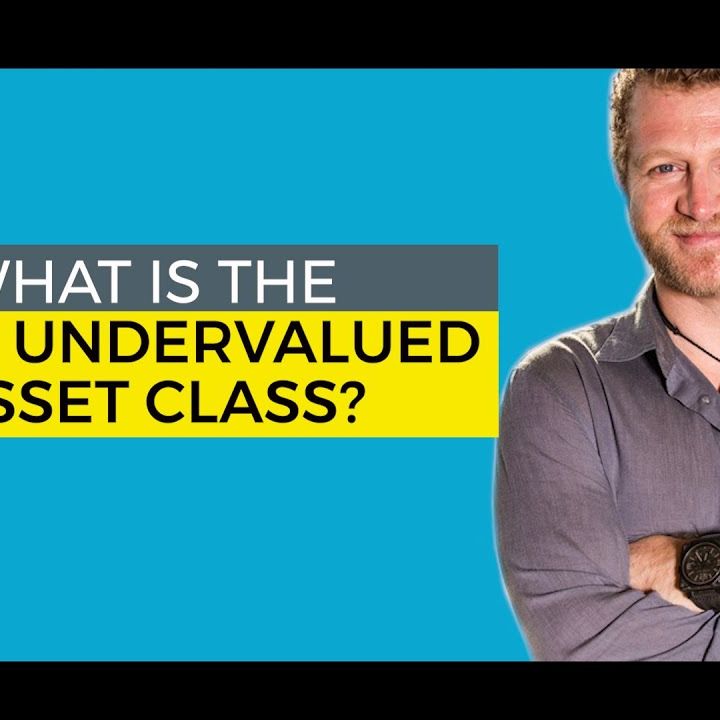To keep learning and advancing your profession, the following resources will be practical:.
Growth equity is typically referred to as the personal financial investment method occupying the middle ground in between venture capital and traditional leveraged buyout methods. While this may hold true, the strategy has actually evolved into more than just an intermediate private investing technique. Growth equity is frequently referred to as the private financial investment method inhabiting the happy medium between equity capital and conventional leveraged buyout strategies.
This combination of factors can be engaging in any environment, and a lot more so in the latter stages of the marketplace cycle. Was this post practical? Yes, No, END NOTES (1) Source: National Center for the Middle Market. Q3 2018. (2) Source: Credit Suisse, "The Extraordinary Shrinking Universe of Stocks: The Causes and Consequences of Less U.S.
Option investments are complicated, speculative investment cars and are not appropriate for all financiers. A financial investment in an alternative financial investment requires a high degree of risk and no assurance can be provided that any alternative mutual fund's financial investment goals will be attained or that financiers will get a return of their capital.

This market info and its value is an opinion just and should not be trusted as the only important information offered. Details included herein has been gotten from sources thought to be reliable, but not guaranteed, and i, Capital Network presumes no liability for the info provided. This details is the home of i, Capital Network.
This investment strategy has assisted coin the term "Leveraged Buyout" (LBO). LBOs are the main financial investment method type of a lot of Private Equity companies.
As pointed out previously, the most infamous of these offers was KKR's $31. 1 billion RJR Nabisco buyout. This was the biggest leveraged buyout ever at the time, numerous people thought at the time that the RJR Nabisco offer represented the end of the private equity boom of the 1980s, because KKR's financial investment, however famous, was eventually a substantial failure for the KKR investors who purchased the company.
In addition, a lot of the cash that was raised in the boom years (2005-2007) still has yet to be used for buyouts. This overhang of committed capital prevents lots of financiers from devoting to invest in new PE funds. Overall, it is estimated that PE firms manage over $2 trillion in possessions worldwide today, with near $1 https://alexisjlns803980.carrd.co/ trillion in dedicated capital readily available to make new PE financial investments (this capital is often called "dry powder" in the market). tyler tysdal prison.

An initial investment might be seed funding for the business to begin developing its operations. Later on, if the business proves that it has a feasible item, it can obtain Series A financing for further development. A start-up company can finish several rounds of series financing prior to going public or being gotten by a financial sponsor or tactical buyer.
Leading LBO PE firms are characterized by their large fund size; they have the ability to make the biggest buyouts and take on the most financial obligation. Nevertheless, LBO transactions are available in all sizes and shapes - . Total deal sizes can range from tens of millions to 10s of billions of dollars, and can happen on target business in a variety of industries and sectors.
Prior to carrying out a distressed buyout chance, a distressed buyout company needs to make judgments about the target company's value, the survivability, the legal and reorganizing issues that may occur (ought to the company's distressed possessions require to be reorganized), and whether or not the creditors of the target business will become equity holders.
The PE firm is needed to invest each particular fund's capital within a duration of about 5-7 years and after that generally has another 5-7 years to sell (exit) the financial investments. PE firms usually utilize about 90% of the balance of their funds for new financial investments, and reserve about 10% for capital to be utilized by their portfolio business (bolt-on acquisitions, additional offered capital, etc.).
Fund 1's dedicated capital is being invested with time, and being returned to the restricted partners as the portfolio business in that fund are being exited/sold. As a PE company nears the end of Fund 1, it will need to raise a new fund from brand-new and existing limited partners to sustain its operations.